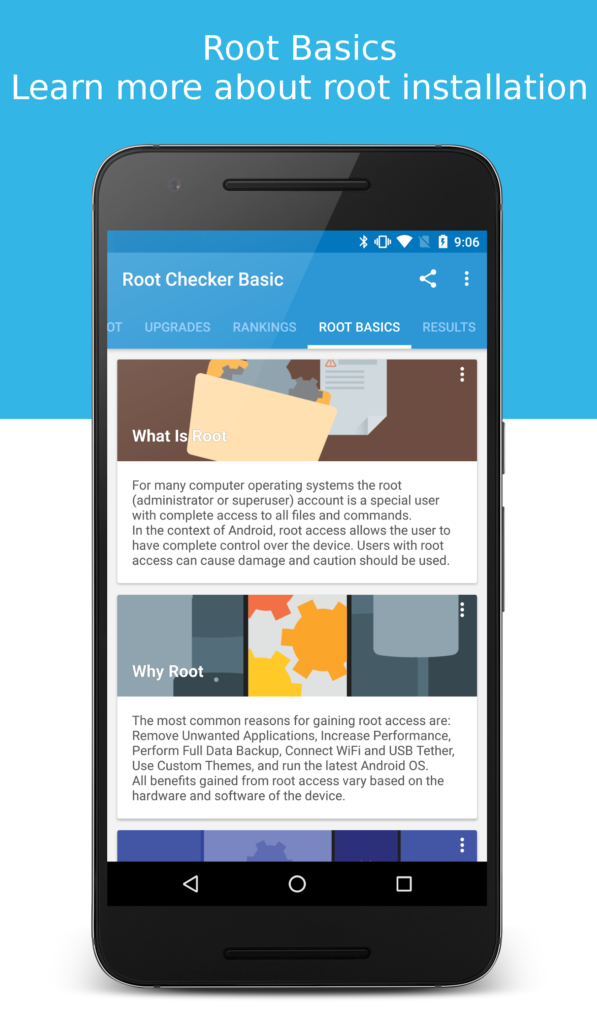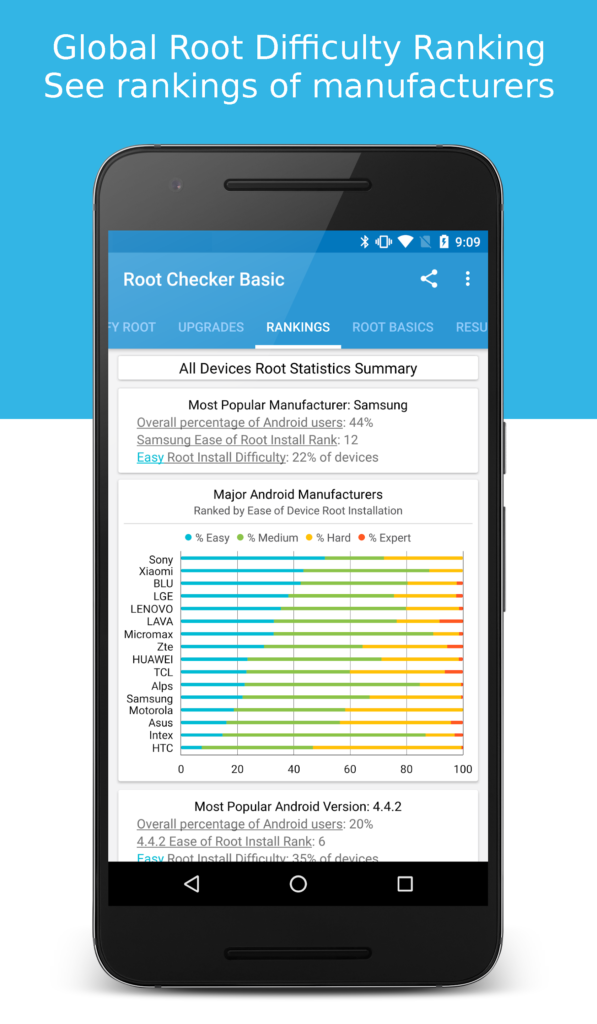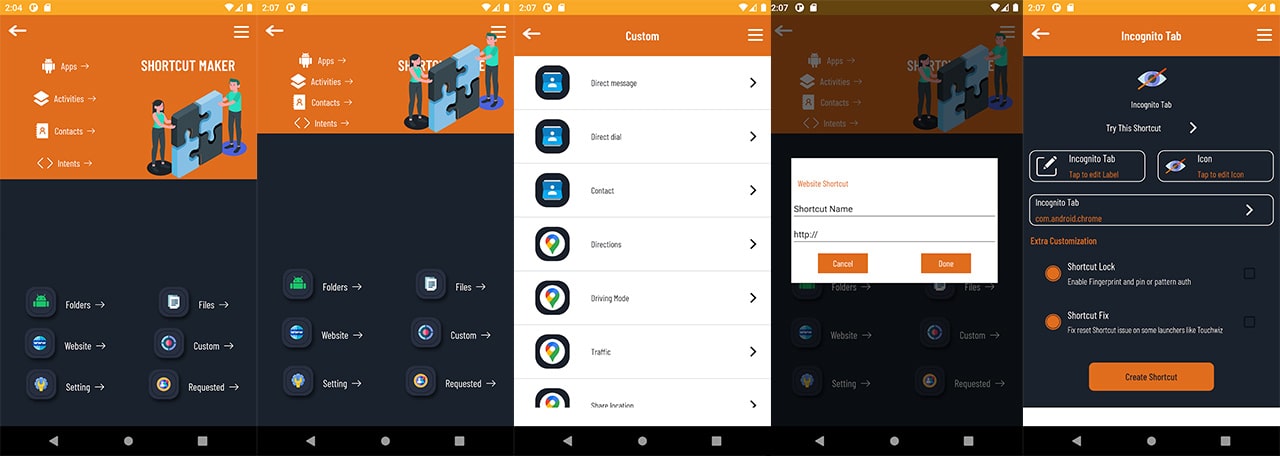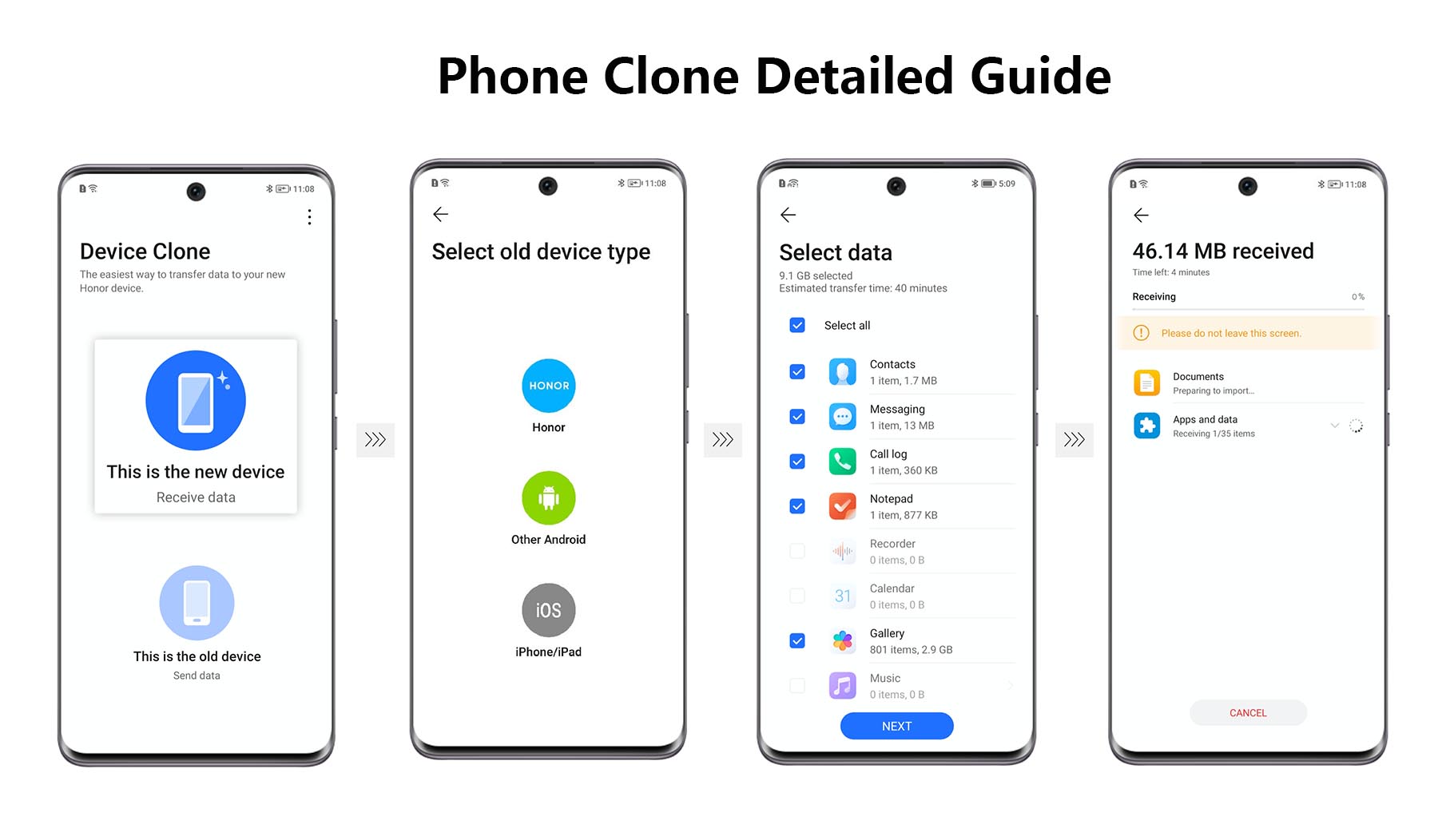Rooting an Android device can unlock advanced features and customization options, but it also comes with significant risks, such as voiding warranties or causing system instability. Root Checker is a tool designed to help users verify whether root access has been successfully applied. This article provides an educational overview of Root Checker, alternatives to rooting, and considerations for using this tool responsibly.
Disclaimer: Rooting involves modifying your device’s system, which can void warranties or result in system instability. This article is for educational purposes only, and readers should proceed with caution and ensure compliance with all applicable policies and laws.
What Is Root Checker?
Is an Android application that confirms whether a device has root access. It simplifies the process by scanning for critical system configurations and providing users with clear results about their root status.
Is widely used by both beginners and advanced users for its intuitive interface and helpful system insights.
Key Features of Root Checker
- Root Access Verification:
Confirms if superuser (SU) permissions are installed on your device. - System Information:
Provides key details about your Android version, device model, and root status. - Beginner-Friendly Interface:
Designed to be accessible for users of all experience levels. - Pro Features for Advanced Diagnostics:
The Pro version offers tools for troubleshooting root-related issues.
Why Use Root Checker?
Serves multiple purposes, such as:
- Confirming Successful Rooting:
Verify whether root access was installed correctly after the rooting process. - Troubleshooting Apps:
Some apps require root permissions to function. Root Checker helps ensure compatibility. - Maintaining Stability:
Use Root Checker to confirm root status after system updates or modifications.
How Does Root Checker Work?
Uses a simple and effective process to verify root access:
- Detecting the Superuser Binary:
The app scans for the SU binary, a key component of root access. - Testing Root Permissions:
It sends a request to the SU binary to check if superuser permissions are active. - Displaying Root Status:
The app provides clear feedback, indicating whether root access is installed or missing.
How to Use Root Checker
Follow these steps to use Root Checker:
Step 1: Download Root Checker
- Download the app from the Google Play Store to ensure authenticity and safety.
Step 2: Launch the App
- Open Root Checker and allow the necessary permissions.
Step 3: Verify Root Status
- Tap the «Verify Root» button. The app will check your system configuration and display the results.
Step 4: Analyze the Results
- A success message confirms root access. If root isn’t detected, follow the troubleshooting tips provided by the app.
Alternatives to Rooting
For users who want to customize their Android devices without the risks of rooting, consider these safer alternatives:
- Custom Launchers:
Personalize your device with third-party launchers to change the interface. - Widgets and Themes:
Use apps that provide advanced themes and widgets without requiring root access. - Permissions Management:
Android settings allow you to control app permissions, providing more privacy and control without modifying system files.
Considerations Before Rooting
Rooting is not for everyone. Before proceeding, consider the following:
- Warranty Implications:
Many manufacturers void warranties for rooted devices. - System Updates:
Rooting may block or complicate future updates. - Security Risks:
Rooting increases the risk of malware or unauthorized app access. - Backup Essentials:
Always back up your data to protect against potential data loss.
Troubleshooting Root Issues
If Root Checker reports that root access isn’t properly installed, try these solutions:
- Revisit the Rooting Process:
Ensure the rooting method matches your device and firmware version. - Restore Stock Firmware:
Return the device to its original state and retry the process safely. - Verify Compatibility:
Double-check that the rooting tool is compatible with your device model.
Important: Always follow device-specific guides to avoid causing system instability or data loss.
Benefits and Risks of Rooting
Benefits:
- Unlock advanced customization options.
- Remove pre-installed apps (bloatware).
- Optimize performance with tools like Kernel Adiutor.
Risks:
- May void warranties.
- Potential system instability.
- Increased security vulnerabilities if mismanaged.
FAQs About Root Checker
- Is Root Checker Free?
Yes, the basic version is free, while the Pro version offers advanced features for a small fee. - Can I Use Root Checker Without Rooting?
Yes, the app will confirm that root access is not installed. - Is Root Checker Safe?
Absolutely. The app does not modify your system; it only verifies root status. - What Happens If Root Isn’t Detected?
Follow the app’s troubleshooting tips or revisit the rooting process using verified tools.
Disclaimer
Rooting your device involves modifying core system files, which may void warranties, reduce stability, or expose the device to security vulnerabilities. This guide is for informational purposes only. Always comply with your manufacturer’s policies and proceed responsibly.
Conclusion
Root Checker is a valuable tool for verifying root access on Android devices. Whether you’re troubleshooting issues or confirming root status after system updates, Root Checker provides clarity and peace of mind. For those who choose not to root, there are plenty of alternatives to explore Android customization safely.
Learn more about Root Checker on the Google Play Store and ensure your Android device remains functional and secure.





